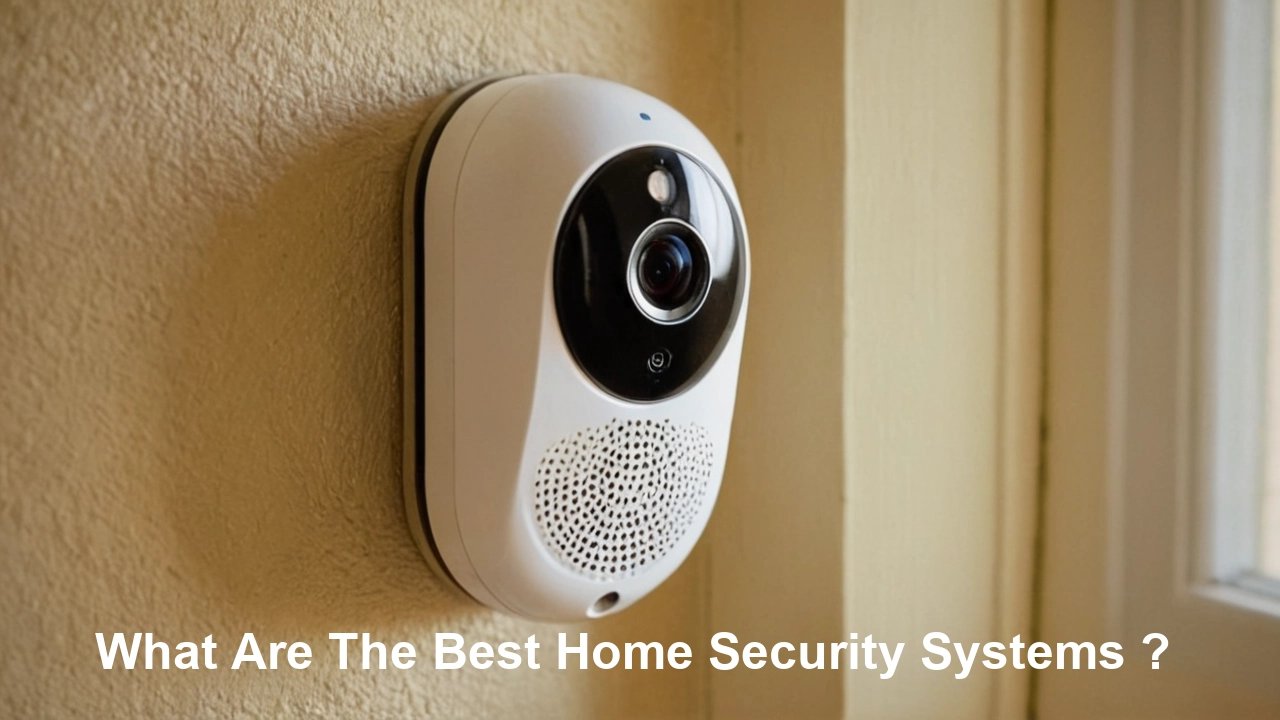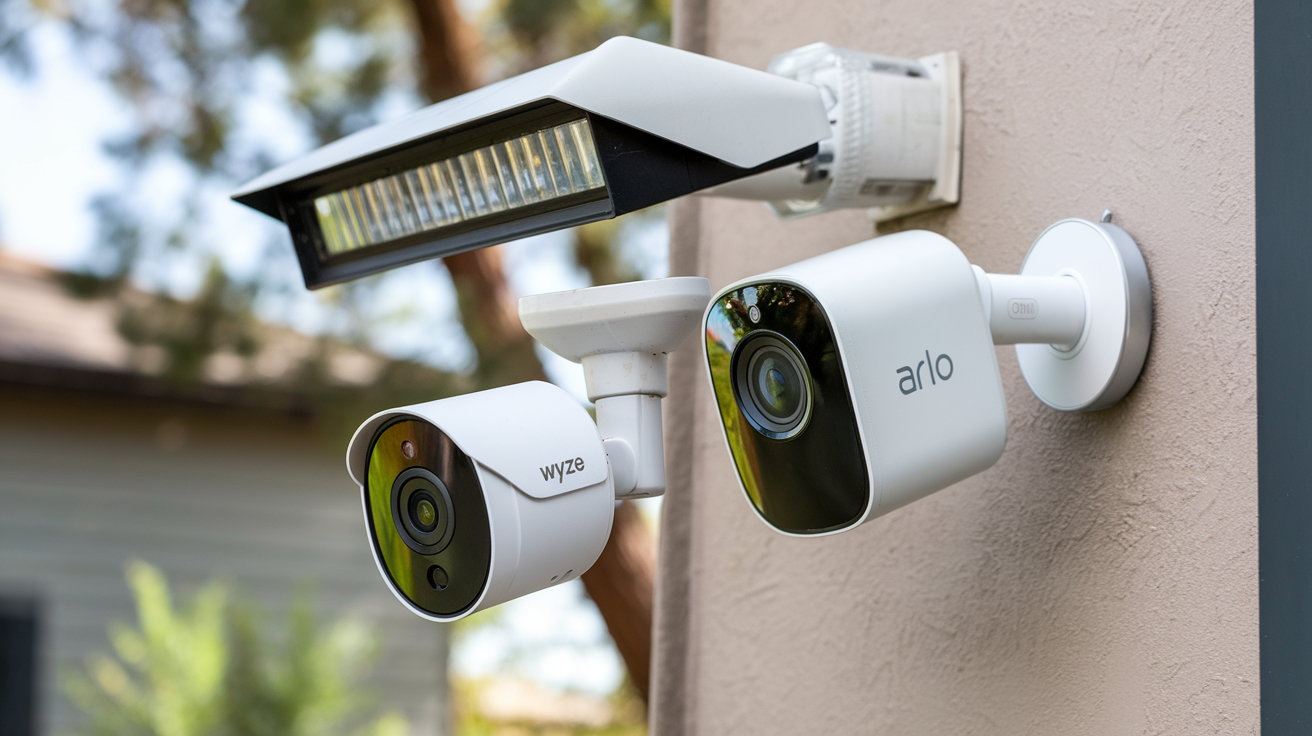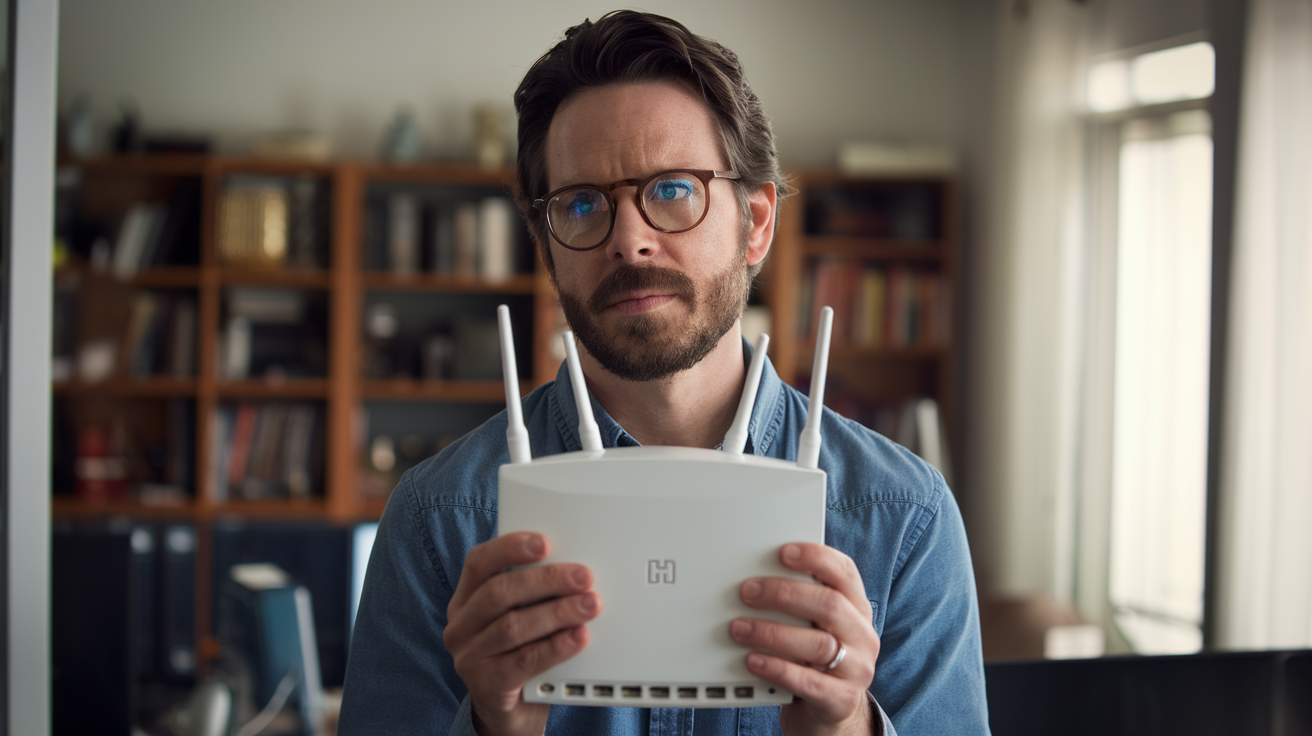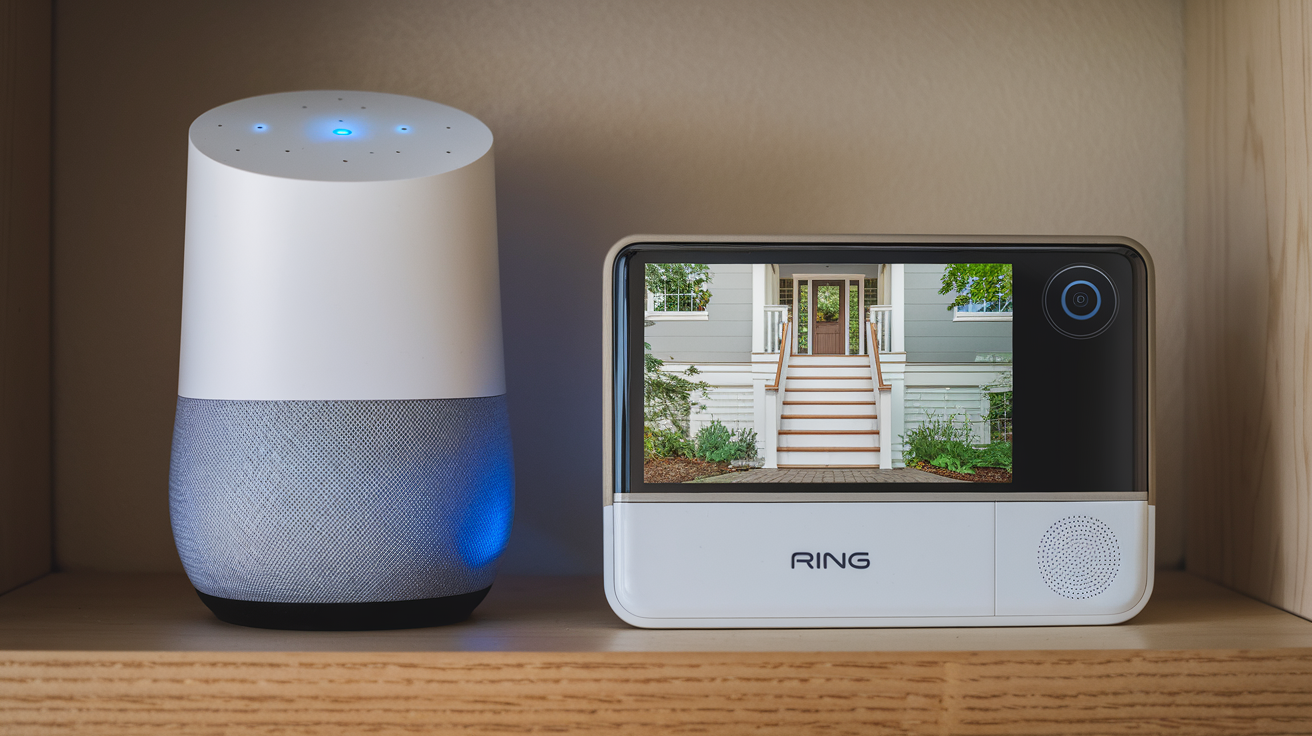In a time of technological innovation, home security systems have evolved into a necessary component of guaranteeing our families' and properties' safety and well-being. Given the great range of choices at hand, selecting the best home security system can be intimidating. This thorough guide seeks to demystify the realm of home security by offering a thorough study of the best systems now on the market.
Recognizing Home Security Systems:
Understanding the fundamental elements of a home security system is absolutely vital before diving into particular solutions. Generally, a complete system comprises:
- Cameras of Surveillance:
- Strategically installed high-resolution cameras over the property offer real-time surveillance.
- Features improving utility include motion sensing, two-way audio, and night vision.
- Sensors for intrusion detection:
- Door and window sensors warn homeowners of unwanted access.
- Motion detectors can find movement within the house.
- Integration of Smart Homes:
- Easy integration with smart home systems lets you operate and monitor from distances using voice commands or cellphones.
- Alarms in Systems:
- Audible sirens and alerts to law enforcement help to discourage intrusions and speed response times.
- Services in 24/7 Monitoring:
- Professional monitoring services react to alerts and emergencies and provide constant surveillance.
Top Home Safety Systems:
- Alarm Ring:
- Reputable for its reasonably priced design and simplicity.
- Combining with Ring doorbell cameras offers a complete security solution.
- Customizable monitoring strategies grounded in personal need.
- ADT
- Leading security industry innovator, ADT, provides expert monitoring services.
- Customizable packages include smart home integration and video surveillance.
- a lifetime of dependability.
- Vivint Smart House:
- focuses on modern technologies for Vivint complete house automation.
- Things like AI-driven security analytics and doorbell cameras with package detection.
- Expert monitoring and installation tools.
- SimpliSafe:
- One of the easiest do-it-yourself systems is a wireless one.
- reasonably priced monitoring programs free of long-term obligations.
- Customizable tool sets for different security requirements.
- Google Nest Secure:
- fits very nicely with the Google environment.
- Smart homes compatible with intelligent motion detection, among other things.
- Enhanced security can be obtained with professional monitoring.
- Arlo Extra:
- 4K resolution wireless cameras for absolutely clear footage.
- Design with weather resistance is appropriate for both indoors and outside.
- Modern artificial intelligence detection for particular items and animals.
- Abode:
- Customizing components is made possible via a modular system.
- Plans for non-contract monitoring include on-demand expert monitoring.
- connects with common smart home systems.
Selecting the Correct System for Your Needs:
- Evaluate your demands:
- Think about how big it is and how you arrange your house.
- Point out particular security issues, such as weak places of access.
- Financial Factors:
- Compare contract conditions, monthly monitoring fees, and upfront expenses.
- Choose whether professional or do-it-yourself installation is preferable.
- Integration into Smart Homes:
- Select a system that fits very well with current smart home appliances.
- Make sure you work with Google Assistant or Amazon Alexa among voice assistants.
- Monitoring possibilities:
- Choose among professional monitoring services and self-monitoring tools.
- Analyze the response times and monitoring service reputation.
- Scalability:
- Choose a system that may be changed or expanded upon going forward.
- Make sure the extra components are available to satisfy changing security requirements.
Techniques for Installation and Maintenance:
- Follow manufacturer instructions:
- Following the manufacturer's advised installation guidelines is advised.
- Test the system completely following installation to guarantee all parts are operating as they should.
- Regular System Checks:
- Look for problems by routinely checking alarms, sensors, and cameras.
- As needed, replace batteries in wireless devices.
- Software updates:
- Maintaining current system firmware and software can help one to take advantage of the most recent security improvements.
- Check access credentials and routinely change passwords.
- Expert Consultation:
- If unsure about the process, consult professionals for installations.
- Use customer service for technical support and troubleshooting.
Conclusion:
A first step in protecting your house and loved ones is making investments in a home security system. Having so many choices means that the ideal fit will depend on careful evaluation of your particular demands, financial limitations, and desired characteristics. Whether you choose a DIY approach like SimpliSafe or a complete system like ADT, the secret is to give the features of the most importance top priority. Following the advice in this book will help you to make a wise choice and savor the peace of mind that a dependable home security system offers.






